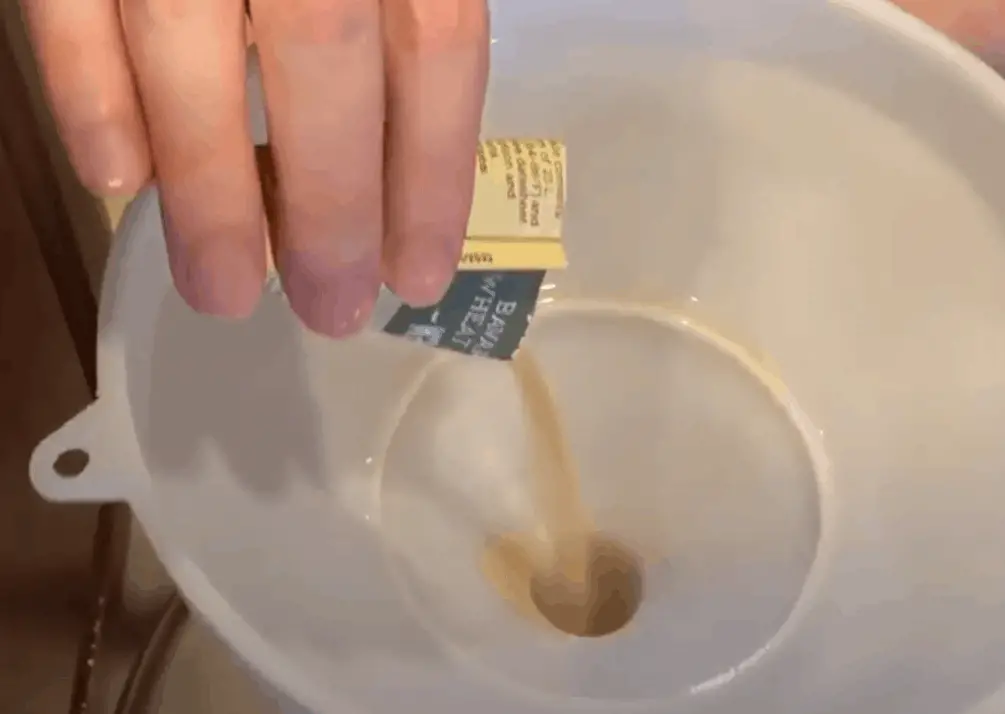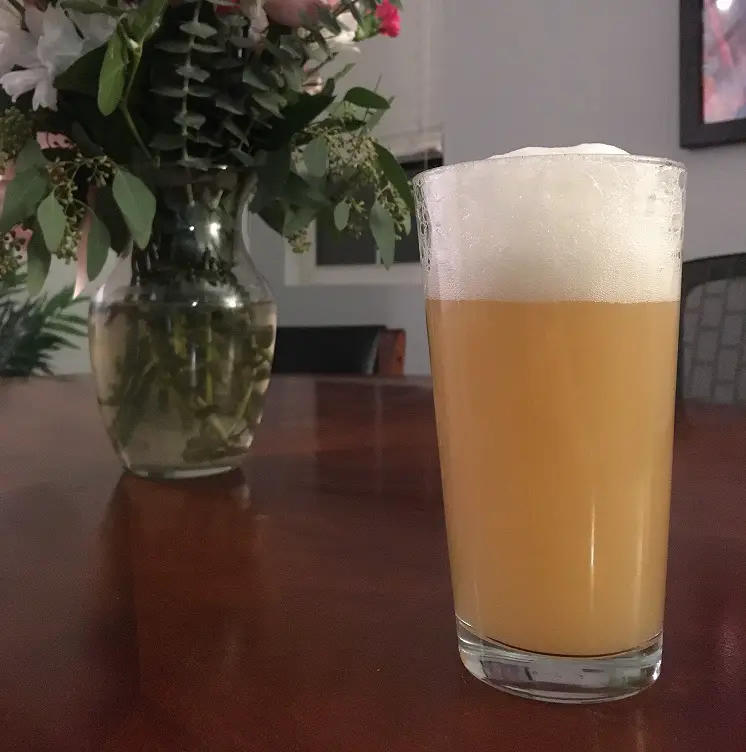
It takes hours to brew a beer, especially if your brewing all-grain instead of utilizing extract. Either way it’s a time commitment. That’s why anxiety typically sets in when its time to pitch the yeast. The following worries may overtake you:
- Did I pitch too much?
- Did I pitch too little?
- Is the yeast still alive?
Whether or not any of these questions cross your mind, or one I have not yet imagined is bothering you, I can assure you it will all be fine.
Yes, you can add yeast during fermentation. Although it’s unnecessary as yeast labs perfectly formulate their pitch rates. Extra yeast can affect the characteristics of a beer, wine or mead. Pitching one style of yeast and then adding a second more tolerant strain later, may add complexity.
There are so many variables when it comes to making making a tasty homebrew and yeast is one of the most unpredictable. If you are curious how extra yeast may affect your brew you have come to the right place.
Problems with Fermentation and When to Add More Yeast
One of the most common issues brewers face is under pitching yeast. While it may not always be an extreme case, occasionally you may run into a batch that is taking to long to get started.
This happens for many reasons that include:
- Old dead yeast that has less live cells and will take longer to multiply.
- Wort was too hot when yeast was added, killing all yeast and resulting in no fermentation.
- Not enough nutrients in the wort mixture for healthy yeast growth.
The last one is a problem when it comes with mead particularly. This is because mead is only made up of honey and doesn’t have a lot of nutrition. This is why its best to add yeast nutrient alongside mead yeast, and not usually necessary for beer yeast, although it won’t hurt.
If you have used an old packet of yeast and the fermentation is looking a bit sluggish its best to add more of the same kind of yeast. This will help to prevent off flavors since the yeast is working harder to ferment the beverage.
As long as you take care and keep everything sanitized you will reduce the chance of infection. Infection may happen if your yeast is overtaken by bad bacteria.
Adding More Yeast to Speed Up Fermentation
Adding extra yeast will not speed up fermentation. It typically takes 1-2 weeks for a beer or mead to fully ferment. Typically longer for mead. Yeast nutrient, yeast starters and proper temperature control will speed up the initial ramp up phase in the yeast lifecycle.
It may take time for yeast to get started that’s why yeast nutrients and starters are important. However, once yeast has taken hold of your homebrew it will go through its lifecycle. This generally is between 1-2 weeks but can vary.
Adding Extra Yeast May Lead to Overpitching
Believe it or not most homebrew yeast is underpitched. This means not enough live yeast cells are added to the homebrew, this slow start can lead to off flavors since the yeast is working harder.
These off flavors are not so much a bad thing. With a Hefeweizen its common to under pitch as it creates more esters and a sharper banana and clove flavor. It’s important to balance the esters and overpitching could lead to less ester production.

You can learn more about pitch rates by reading my article on the results of overpitching and its impact on flavor.
Pure Pitch Packs and Yeast Starters
While adding more yeast to an already fermenting beer may save the beer. If the fermentation is having trouble something may be wrong with your yeast.
Pure pitch packs are specially formulated to get started quickly and to be especially healthy. These are live liquid yeast packages that must be kept cold. If for whatever reason it has been improperly stored it may be dead or having a slow start because of lower levels of living yeast cells.
Pure Pitch liquid yeast packs differ from dry yeast packets in that they are already pretty healthy and don’t really require extra nutrients or a yeast starter.
Pitching Yeast in an Already Fermenting Homebrew
Dry yeast is typically best used with a yeast starter although it doesn’t have to be. The technology for freeze drying yeast has come a long way.
But, no matter if you use liquid or dry yeast, when pitching more in an already fermenting beer its especially important to make a yeast starter.
This is because it will be entering a more hostile environment and the stronger the yeast is when pitched the better.
One way to create a yeast starter is to use proper starter of condensed wort. But if you don’t have it already it grab a yeast starter kit.
Introduction of Oxygen and Bacteria
Yeast competes with bacteria and generally wins out because there is just so much more yeast being added to the beer and this prevents bacteria from taking hold. If the yeast gets a bad start more bacteria can add to off flavors, This is why pitching the right amount of yeast is important.
The fear of adding yeast to a secondary or slow primary fermentation is the introduction of oxygen to the beer resulting in oxidation. This wet cardboard off-flavor is especially dangerous with heavy hop forward beers.
However, you should not be afraid of introducing extra oxygen especially if the yeast has yet to finish fermentation as yeast requires oxygen to remain healthy.
If anything you will want more oxygen which is why its best to add extra yeast with a yeast starter.
Mixing Multiple Yeast Strains
If you are worried about your beer being to low in ABV but the beer has already stopped fermentation you can add another yeast strain to get that extra attenuation.
Make sure the yeast has a higher tolerance than the previous strain and you make a yeast starter.
If you are interested in learning more about mixing strains I cover this more in the benefits of mixing multiple beer yeast strains.

Secondary vs Primary Fermentation and Extra Yeast
This is a confusing subject, since secondary fermentation is not really fermentation at all. Its only used to clear a homebrew. It can also be used to add additional flavor.
You could in theory add another yeast, but it would need to be a stronger yeast and it needs a source of sugar. If you are producing a dry beer or mead it will not have enough sugar. This is a waste of yeast.
In many instances secondary fermentation can restart a primary fermentation that had stalled. This is when a beer or is shaken up resulting in a reorganization of sugar, yeast and introduction of oxygen.
The Bottom Line
Additional yeast is not required in most cases. If you have followed proper temperature, storage and kept the area clean there should be no issues.
Playing with yeast mixtures and adding extra at various times is an advanced way to create a unique beverage. It should not be done by novice brewers. Yeast companies have come a long way in perfecting pitch rates and if stored properly will not have issues and result in an tasty beverage.
